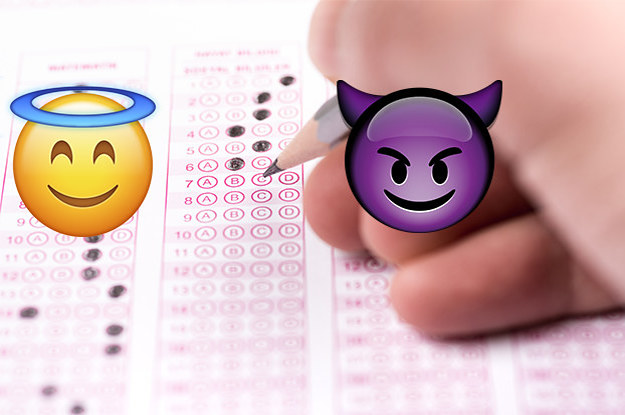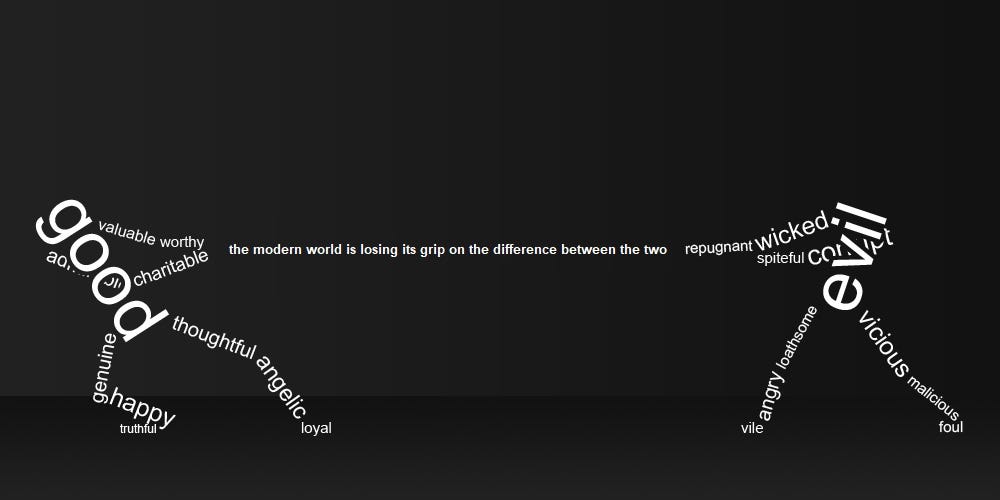LAUSD chief signals desire to limit teacher job protections and change funding rules
Los Angeles schools Supt. Austin Beutner has yet to lay out his plans to help the nation’s second-largest school district shore up its finances and improve its academics. But on Thursday, in a speech to an invitation-only audience, he gave strong signals that he might fight to place some limits on job protections for teachers and to get Sacramento to change the way it determines funding.
“We need a transparent, efficient and fair process to manage ineffective teachers out,” he told the crowd of students, parents, district leaders and representatives of community organizations gathered in the library of the Robert F. Kennedy Community Schools complex in Koreatown. “In the same way we need to support teachers, we need to support students and make sure that they have great teachers in their classrooms.”
Only “a few, a very few, people in the teaching profession are not helping students succeed,” he said, but “an ineffective teacher can cause students to lose more than a year of learning, which is setting students up for failure.”
Tenure rules in California’s traditional public schools provide strong protections for fully trained teachers after two years.
Changing teachers’ job protections or the way in which they are evaluated would most likely have to be accomplished through contract negotiations, state legislation or a ballot initiative. Beutner acknowledged the Los Angeles Unified School District could not just decide such highly contested matters on its own.
His speech was part of a public relations counter-offensive against the teachers union, which Continue reading: LAUSD chief signals desire to limit teacher job protections and change funding rules

















